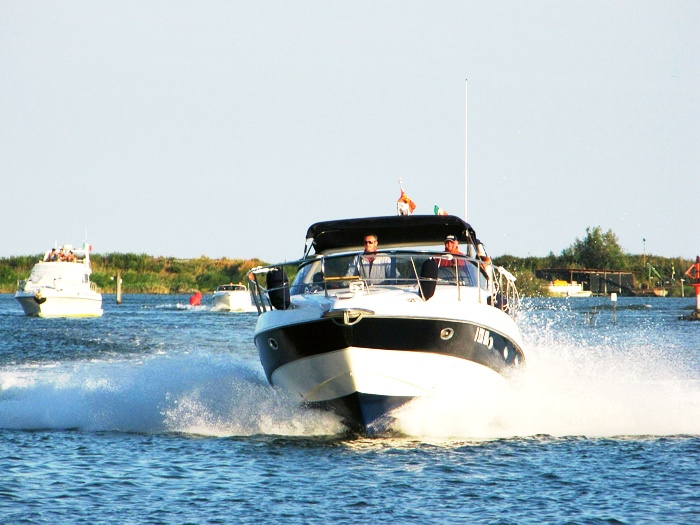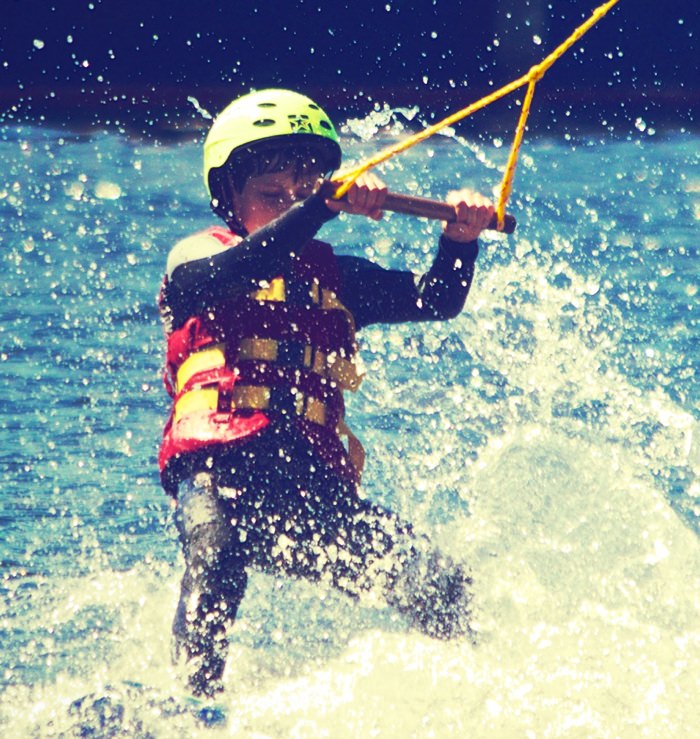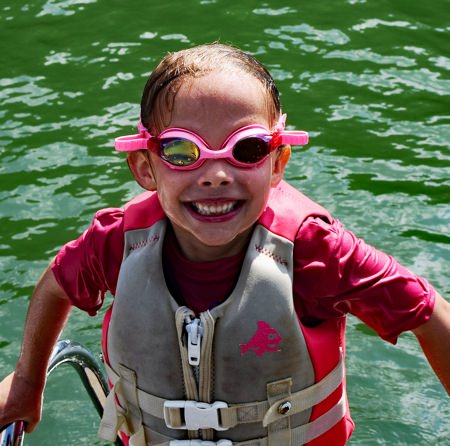Straightforward Safety Tips For Boating With Children
Boating can be a fantastic opportunity to teach your children so many useful things about the open sea. It can also be incredibly fun. But like any adventure you embark on with the children, having some tips to keep things on track and some basic precautions is helpful.
Swimming Skills
 Children should generally learn how to swim and know how to swim well by a certain age, preferably at least by 5 years old.
Children should generally learn how to swim and know how to swim well by a certain age, preferably at least by 5 years old.
Make sure they know how to float, how they can tread water if needed, as well as how to swim at least 100 yards.
If your child has not mastered skills like these, you may not want to boat out in deep waters.
Remember though not to assume that just because a child knows how to swim that they are going to perfectly safe.
Especially when boating, there are objects and circumstances in lake or ocean water that make swimming particularly difficult and in times like these and in cases of emergencies, having a life jacket will definitely come in handy.
Wear Life Jackets
Wearing a life jacket is mandatory. Perhaps at one time wearing a life jacket was considered optional equipment, but that is no longer the case.
The child’s life jacket should be put on correctly and feel snug on them. Place the collar so that will make sure the child is face up if he or she gets into the water.
 Make sure the vest or jacket has a handle on it so you can grab your child or hold onto them, and also that is brightly coloured, particularly for high visibility – red, yellow and orange are the brightest colours.
Make sure the vest or jacket has a handle on it so you can grab your child or hold onto them, and also that is brightly coloured, particularly for high visibility – red, yellow and orange are the brightest colours.
Many people attach a plastic whistle somewhere on the life jacket, which could come in handy in an emergency.
Talk to your children about not removing the life jacket, no matter what. Children are bound to complain about wearing them, but discuss with them why it is important for safety that it stays on at all times.
For children under 5-years-old, make sure to use a vest with straps between the legs and head support. These type of life jackets keep the child’s head and face out of the water.
Remember that arm devices (like water wings) and inflatable vests are not alternatives and they not recommended for protection against drowning.
Set Basic Boating Rules
While boating, children need to follow rules that will keep them safe and out of danger. Whether you are driving in a car or sitting at the dinner table, children need rules. In the case of boating, there are real dangers that they should be informed of, especially if they haven’t had much experience boating or they are particularly young.
For example, children need to be taught about keeping proper balance on smaller boats. They should know the importance of keeping the weight relatively balanced on both sides. Children should know to keep their hands and feet inside the boat, just like in a car.
On a boat they may suddenly think that it is fun to reach outside the boat or that these rules don’t apply because boats are different. It is actually very easy for feet or hands to get injured when children begin sticking them in to the waters.
Another example is running. Your children may think a boat is just like any other play surface, but the reality is it can be slippery, unstable and dangerous. Not to mention if the sailor doesn’t know there’s a running child on the boat and makes a sudden turn, the child could lose step and actually fall overboard.
With smaller boats, running could actually destabilize the boat itself and cause it to capsize.
A boat is not a playground and although you want to have a good time, respect for the boat, the water, and the dangers that are present is needed.
And don’t forget the sunscreen!
Set an Example
With all the rules, make sure that you abide by rules yourself. Be a good role model for your children. This means following the same rules that you expect them to abide by.
Wear a life jacket even though you may not think you need it.
Don’t run and keep yourself generally safe and sound.
Don’t drink alcohol. Stay alert. Be engaged with what is going on with the boat and lead the children by example in the fun and activities they can take part in.
Don’t get too bogged down with operating the boat or distracted with other adults that may be there and then forgot there are children on board.
Boating is a great opportunity to bond with your children and you should take advantage of it, safely.
Prepare for Fun
This means thinking through basic things that will make sure you are prepared, both for safety and for fun. Make sure you pack a cooler. Pack drinks for the children, and popsicles, sandwiches and fresh fruit.
 These types of food and drinks will keep everyone hydrated, and they are also going to keep people happy on hot days.
These types of food and drinks will keep everyone hydrated, and they are also going to keep people happy on hot days.
Be prepared to get wet. If you’re truly prepared for the children to have fun, that means bringing swimsuits, towels and extra clothing to change into.
Other Boating Activities
Don’t just go out there and expect children to make all of their own fun. Plan for it.
This may mean doing things like renting equipment such as snorkeling equipment or diving masks.
Take the time to plan for just what they might find fun and will be asking for as soon as you embark on the open waters.
There are “boat games” that you can consider too, especially for young children.
For example these games can be doing things like counting fish, naming birds and other animals, or spotting marine items that start with letters of the alphabet.
Go Fishing
How about fishing? Fishing is a fantastic way to spend time out on the sea with your children. Bring fishing equipment and for smaller children bring fishing poles that are appropriate for their size and experience.
The Take Home
Boating is awesome and fun, but it can be dangerous and deadly if the right precautions are not taken, especially when it comes to children. Follow some of the tips in this article, and do more research so you can put together a list of important safety aspects you need to considering while boating with children, and make sure you start on the right foot on your next family boating trip!